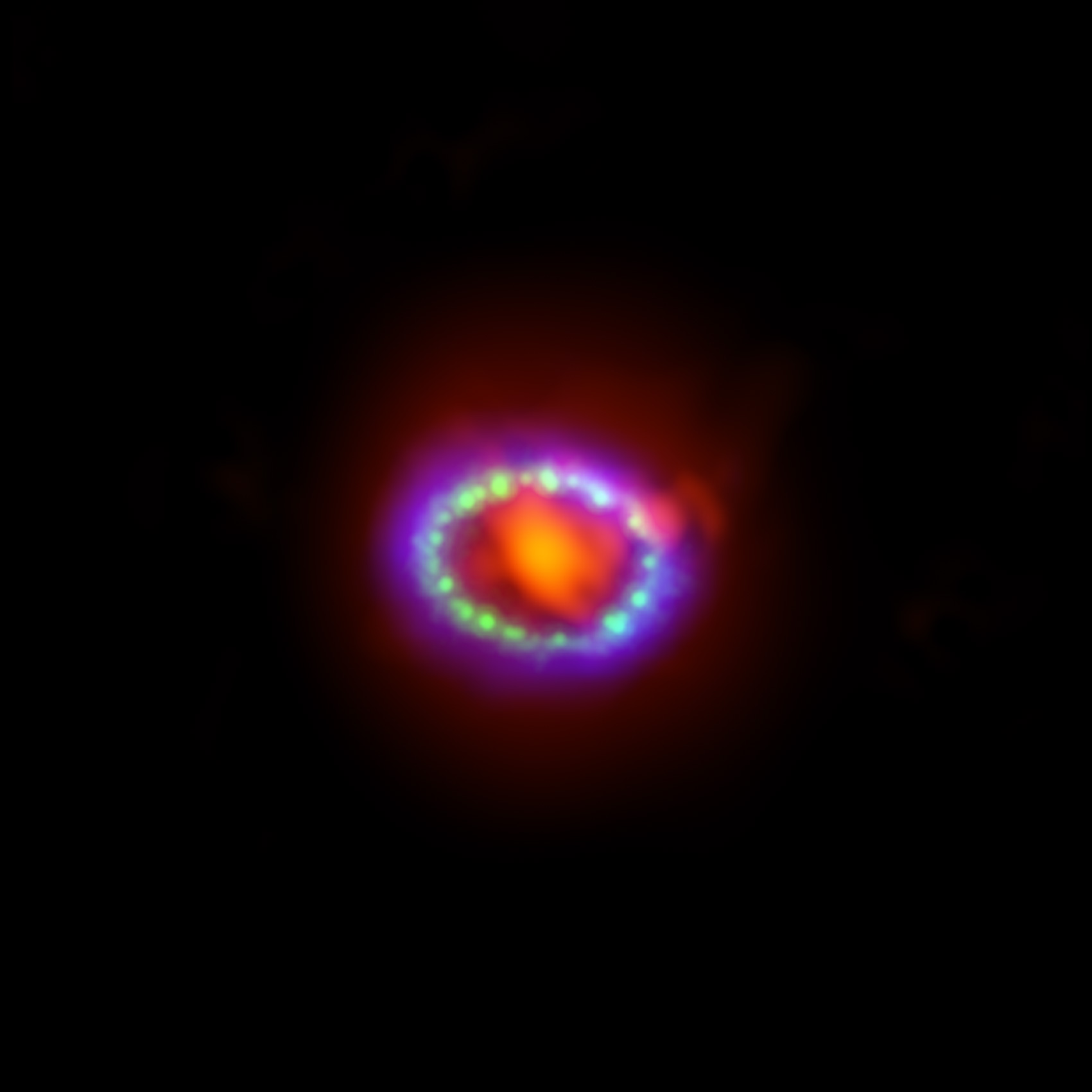We reach more than 65,000 registered users in Dec!! Register Now

Supernova observation put question mark on speed of light
- June 30, 2014
- 812 Views
- 0 Likes
- 0 Comment
The theory of relativity is the backbone of modern physics. It is based on a simple assumption that light travels at a constant speed of 299,792,458 meters per second in a vacuum. The entire cosmology is based on Einstein's general relativity, which is again based on the constant velocity of light. Several ...
The theory of relativity is the backbone of modern physics. It is based on a simple assumption that light travels at a constant speed of 299,792,458 meters per second in a vacuum. The entire cosmology is based on Einstein's general relativity, which is again based on the constant velocity of light. Several experiment in the last century confirmed that the velocity of light is constant. But, what will happen if the assumption is wrong in cosmological scale?
Physicist James Franson of the University of Maryland has captured the attention of the physics community by posting an article to the peer-reviewed New Journal of Physics. In this article he claimed that he found some evidence that suggests the speed of light is actually slower than c.
His arguments are based on observations of the supernova SN 1987A. The supernova exploded in February 1987. Measurements here on Earth picked up the arrival of both photons and neutrinos from the blast. However, the arrival of the photons ware late by 4.7 hours than expected. There is a possibility that the photons that arrived were from some other source another source.
But there is a second possibility. According to Franson it can also happen due to a property of photons known as vacuum polarization-where a photon splits into a positron and an electron, for a very short time before recombining back into a photon. That should create a gravitational differential, he notes, between the pair of particles, which, he theorizes, would have a tiny energy impact when they recombine-enough to cause a slight bit of a slowdown during travel. If such splitting and rejoining occurred many times with many photons on a journey of 168,000 light years, the distance between us and SN 1987A, it could easily add up to the 4.7 hour delay, he suggests.
If Franson's ideas are correct, then every measurement taken and used as a basis for cosmological theory, will be wrong. Light from the sun for example, would take longer to reach us than thought, and light coming from much more distant objects, such as from the Messier 81 galaxy, a distance of 12 million light years, would arrive noticeably later than has been calculated-about two weeks later. The implications are staggering-distances for celestial bodies would have to be recalculated and theories that were created to describe what has been observed would be thrown out. Therefore, basically  we have to rewrite the entire physics.
![speed_light_limit_wide[1]](http://machprinciple.com/wp-content/uploads/2014/06/speed_light_limit_wide1.jpg)









